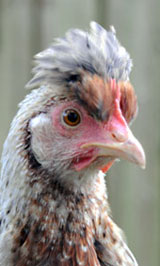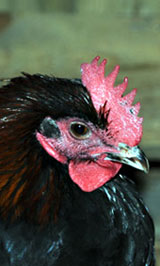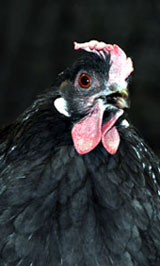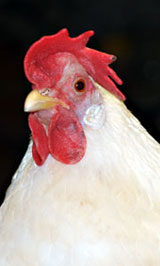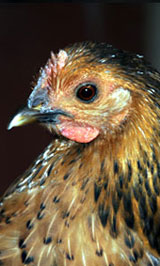Welcome to Relaxed Farming
- Alpacas
- Chickens
- Dairy Goats
- Ducks
- Geese
- Pigs
- Pygmy Goats
- Quail
- Rabbits
- Sheep
- Turkeys
- Polytunnel
- Photo Stories
- Video Stories
- Food
- Smallholding Map
- 2013
- 2014


- August
- September
- October
- November
- December
- January
- February
- March
- April
- May
- June
- July
- August


- 1
- 2
- 3
- 4
- 5
- 6
- 7
- 8
- 9
- 10
- 11
- 12
- 13
- 14
- 15
- 16
- 17
- 18
- 19
- 20
- 21
- 22
- 23
- 24
- 25
- 26
- 27
- 28
- 29
- 30
- 31
Monday, 9th December 2013
No fox in the trap this morning and whilst our torch picked up several pairs of eyes last night in the paddock, most we believe were rabbits, there was no sign of a fox anywhere near the top of the barn. The chickens are not very impressed with their enforced time inside at the moment: the area where they are is big with plenty of perches, lots of straw to peck around in and places to hide and nest BUT it is not a substitute for being outside in the fresh air and out on grass. There are a fair few squabbles and a lot more 'sitting around' than normal (a bit like humans waiting at the airport perhaps...).
The only good thing is that it is giving us more opportunity to check the birds over. We still have quite a few birds moulting and at this time of year, it is not uncommon to get the odd sniffle: we use apple cider vinegar in the water which is a bit of a wonder medicine and really helps to keep runny noses at bay as well as improving the chicken's gut, ensuring any nasty bacteria gets killed off.
If it gets really cold chickens' combs can also suffer, becoming very dry and pale. Some poultry owners put Vaseline on them to stop this. A bright red comb is a sign of a healthy bird, one who is ready to be mated with (in the spring) and in the case of the hens, laying lots of eggs. In the pictures below just one out of the five hens are laying and the colour of the combs should tell you which one. Two of the others are still youngsters and so probably won't start laying now until February/March and the other two are basically having a rest through the winter. And who can blame them??
Did you work out who is who then? Picture four is of our White Leghorn and she is the one still laying. Pictures one and five are of young birds whose combs are not quite yet fully grown and pictures two and three are of two of our adults who are having a rest from laying and so sporting rather pale combs at the moment.
